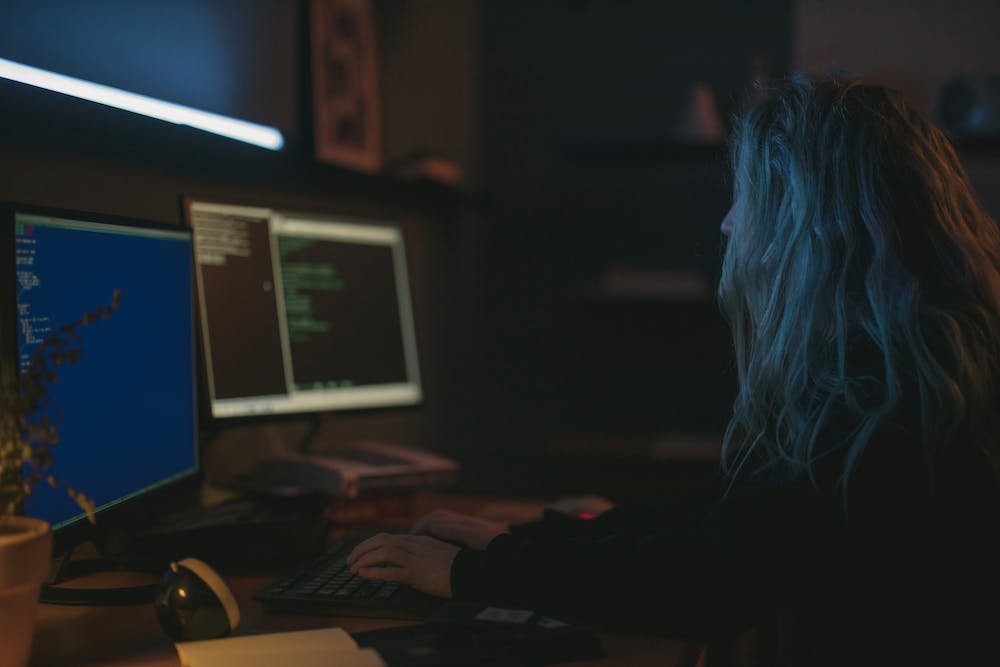
Laravel is a popular PHP framework that enables developers to build robust web applications quickly and efficiently. To set up a Laravel development environment, you need a local server and the necessary libraries and tools. Laradock is a convenient solution that provides a pre-configured Docker environment for Laravel development. In this article, we will guide you through the process of setting up Laravel development environment with Laradock, step by step.
Step 1: Installing Docker
Before setting up Laradock, you need to install Docker on your system. Docker allows you to run applications in containers, providing a consistent and reproducible development environment. Visit the official Docker Website and download the appropriate version for your operating system. Follow the installation instructions, open Docker, and make sure IT‘s running.
Step 2: Cloning Laradock Repository
Next, you need to clone the Laradock repository from GitHub. Open your terminal or command prompt and navigate to the directory where you want to store your Laravel project. Run the following command to clone the Laradock repository:
git clone https://github.com/laradock/laradock.gitThis command will create a new directory named “laradock” containing all the necessary files and configurations for setting up your Laravel development environment.
Step 3: Configuring Environment Variables
Now, you need to configure the environment variables for Laradock. Navigate to the “laradock” directory and locate the “.env” file. Open IT in a text editor and customize the settings according to your needs. Make sure to set the “WORKSPACE_INSTALL_XDEBUG” variable to true if you want to use Xdebug for debugging.
Step 4: Initializing Laradock
Once you’ve configured the environment variables, IT‘s time to initialize Laradock. In your terminal or command prompt, navigate to the “laradock” directory and run the following command:
docker-compose up -d nginx mysqlThis command will start the necessary Docker containers for running Laravel and its dependencies in the background. Depending on your internet connection speed, IT may take a few minutes to download the required images and set up the environment.
Step 5: Creating a New Laravel Project
With Laradock up and running, you can now create a new Laravel project. Open a new terminal or command prompt window and navigate to the “laradock” directory. Run the following command to enter the workspace container:
docker-compose exec workspace bashYou’ll be inside the workspace container, which acts as your development environment. Now, you can use the Laravel installer to create a new project. Run the following command:
composer create-project --prefer-dist laravel/laravel my-appThis command will create a new Laravel project named “my-app” inside the workspace container. Wait for the dependencies to be installed, and you’re ready to start developing your Laravel application.
Step 6: Accessing the Application
To access your Laravel application, you need to configure the Nginx web server. Open your browser and enter “localhost” or “127.0.0.1” in the address bar. You should see the Laravel welcome page, indicating that your application is running successfully.
Step 7: Additional Configuration
Laradock provides a variety of configuration options to enhance your Laravel development experience. You can modify the Nginx configuration, enable additional PHP extensions, set up a database, and much more. Refer to the Laradock documentation for detailed instructions on customizing your environment.
Frequently Asked Questions (FAQs):
Q: Can I use Laradock on Windows?
A: Yes, Laradock supports Windows, macOS, and Linux operating systems. Make sure you have Docker installed and follow the same steps outlined in this guide.
Q: How do I connect to the MySQL database?
A: Laradock automatically sets up a MySQL container with default credentials. You can connect to the MySQL database using any MySQL client with the following credentials:
Host: localhost or 127.0.0.1
Port: 3306
Username: root
Password: root
Q: How can I enable additional PHP extensions?
A: You can enable additional PHP extensions by modifying the PHP configuration file. In the “laradock” directory, locate the “php-fpm” directory and open the “Dockerfile” file. Add the necessary commands to install and enable the required extensions, then rebuild the Docker containers using the command “docker-compose up -d –build workspace”.
Q: Can I use Laradock in production?
A: Laradock is primarily intended for local development environments. IT provides a convenient way to set up all the necessary tools and dependencies required for Laravel development. For production environments, IT‘s recommended to use a dedicated hosting provider or a cloud platform that specializes in PHP applications.
Q: How do I update Laradock to the latest version?
A: To update Laradock to the latest version, navigate to the “laradock” directory and run the command “git pull origin master”. This will retrieve the latest changes from the Laradock GitHub repository. Make sure to check the release notes or documentation for any additional steps required during the update process.
Setting up a Laravel development environment with Laradock can greatly streamline your workflow and provide a consistent and reproducible environment for building Laravel applications. By following the steps outlined in this guide, you’ll be ready to start developing your next Laravel project in no time.





